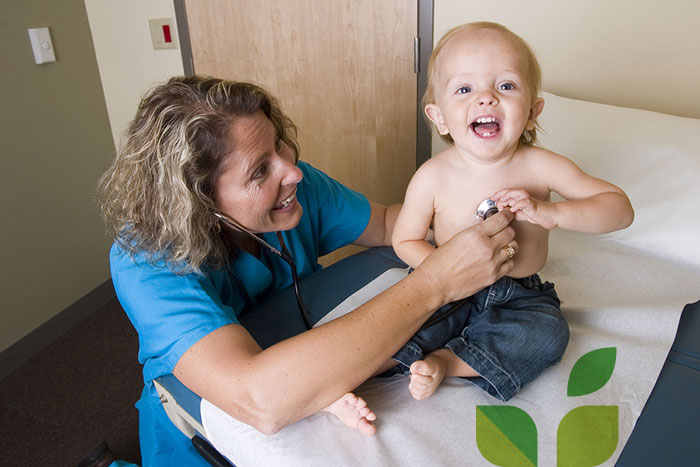|
Chest physiotherapy generally aims to remove obstructive secretions (phlegm) in the lungs, to make it easier for the child to breathe and to improve the exchange of oxygen and carbon dioxide. However, chest physiotherapy may actually make it more difficult for the child to breathe if applied incorrectly, and to the wrong patients.
Where physiotherapy won't help
There is clear evidence (from a number of scientific studies in about 1 000 children), that physiotherapy does not improve the clinical state of children with uncomplicated bronchiolitis, nor does it speed up resolution of the disease. In fact, it is likely that some children with bronchiolitis who receive physiotherapy actually end up working harder to breathe and may become unnecessarily exhausted, taking longer to recover. Despite this knowledge, many paediatricians still refer children with bronchiolitis for physiotherapy.
It is important to know that, in most cases of paediatric bronchiolitis, it is neither necessary nor appropriate to give chest physiotherapy.
Where physiotherapy might help
Exceptions, where physiotherapy might help, may include children with a secondary bacterial infection (bacterial pneumonia), those with areas of lung collapse, and infants or children who also have chronic respiratory disease (e.g. cystic fibrosis) or severe neuromuscular diseases (e.g. spinal muscular atrophy, congenital myopathies), who may not be able to clear their own secretions adequately. |
